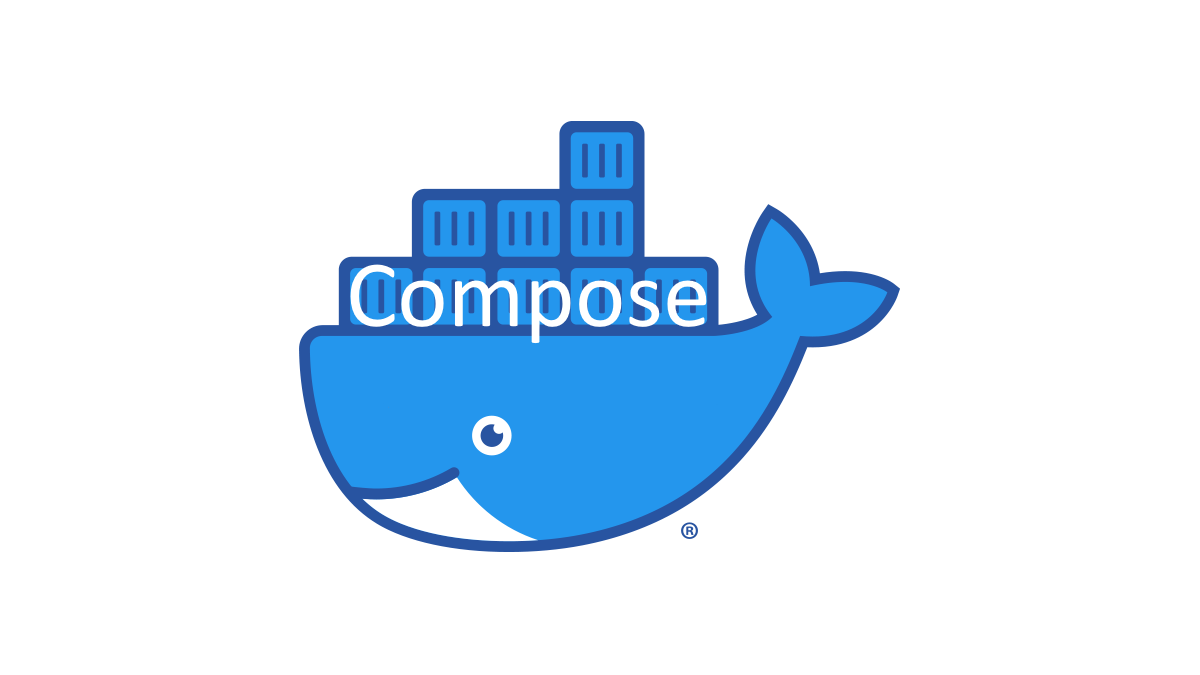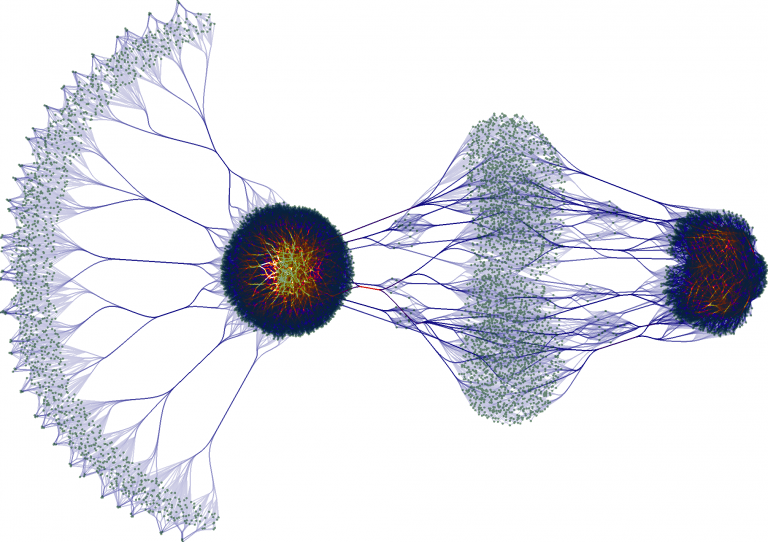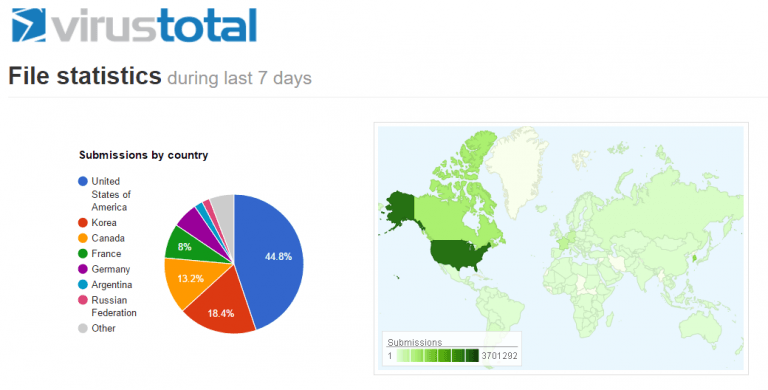Docker Compose: Orchestrating Multi-Container Applications
In the world of software development, containerization has become an indispensable paradigm. Docker, the leading containerization platform, offers a way to package applications and their dependencies into portable, lightweight units. While Docker excels at managing individual containers, real-world applications often demand cooperation between multiple components. That’s where Docker Compose steps in: a powerful tool to define and orchestrate complex, multi-container applications.
What is Docker Compose?
In essence, Docker Compose is a tool for defining and operating applications comprised of multiple Docker containers. It utilizes a YAML configuration file, typically named docker compose.yml, as a blueprint for your application. This file specifies the different services (which generally map to containers), their configuration, and how they interconnect. With a single command, docker compose up, you can bring an entire application architecture to life.
Why Use Docker Compose?
- Simplified Multi-Container Management: As applications grow more intricate, manually managing a collection of interdependent containers becomes tedious and error-prone. Docker Compose streamlines this process by providing a declarative way to define relationships between containers, reducing complexity.
- Isolated Development Environments: Docker Compose allows you to replicate production-like environments on your development machine. This ensures consistency across environments, minimizing the dreaded “it works on my machine!” syndrome.
- Portability and Reusability: The
docker-compose.ymlfile encapsulates your application structure. You can effortlessly deploy it to different environments (e.g., staging, production) with only minor changes, ensuring a predictable and reliable deployment process.
Key Concepts in Docker Compose
- Services: A service represents a distinct component of your application. It’s generally defined by a Docker image and can be a web server, database, cache, or other supporting element.
- Networks: Docker Compose lets you create isolated networks for your services to communicate with each other. This enhances security and modularity.
- Volumes: Volumes provide a mechanism for persistent storage. You can attach volumes to services to preserve data even if containers are stopped or destroyed.
A Practical Example
Let’s illustrate the use of Docker Compose with a basic web application example consisting of a Python Flask backend, a Redis cache, and a MongoDB database.
services:
web:
build: ./web # Build Docker image from a Dockerfile
ports:
- "5000:5000" # Expose port 5000
depends_on: # Establish dependencies
- redis
- mongo
redis:
image: "redis:alpine"
mongo:
image: "mongo:latest"
volumes:
- mongo-data:/data/db # Map a volume for persistent data
volumes:
mongo-data: # Define a named volumeIn this example:
- We define three services:
web,redis, andmongo. - The
webservice is built from a Dockerfile located in the./webdirectory. - We map port 5000 of the web container to port 5000 on the host machine.
- Dependencies between services are established, ensuring the web service starts only after Redis and MongoDB are running.
- A named volume
mongo-dataensures the database’s data persists.
Essential Docker Compose Commands
docker compose up -d: Starts all the services defined in your configuration file in detached mode (running in the background).docker compose down: Stops and removes containers, networks, and volumes associated with your Compose application.docker compose build: Builds or rebuilds images for your services if their Dockerfiles have changed.docker compose ps: Lists running containers for your application.docker compose logs: Views the output logs of your services.
Beyond the Basics
Docker Compose offers a rich set of features for more sophisticated use cases:
- Environment Variables: Inject environment variables into containers, enabling configuration flexibility.
- Scaling: Scale specific services up or down to handle varying loads using
docker compose scale [service]=[replicas]. - Health Checks: Define health checks within your Compose file to ensure containers are running as expected.
- Overrides: Create a
docker-compose.override.ymlfile to apply specific configurations for different environments without altering your primary configuration.
Build Customization with Dockerfile ARGs
Let’s say you want to build images with environment-specific configuration:
FROM python:3.9-alpine
ARG APP_ENV="development"
WORKDIR /app
COPY requirements.txt ./
RUN pip install -r requirements.txt
COPY . ./
CMD ["python", "app.py", "--env", $APP_ENV]services:
web:
build:
context: ./web
args:
APP_ENV: production - Dockerfile: The
ARG APP_ENVinstruction sets up an argument with a default value of “development”. TheCMDwill use thisARGto provide an environment-specific flag to the application. - docker-compose.yml: The
argssection passes the value “production”, overriding the default and building an image tailored for a production environment.
Multi-Stage Builds with Build Context
Often, you may want separate stages in your Dockerfile for development and production:
# Development Stage
FROM node:16-alpine as development
WORKDIR /app
COPY package.json package-lock.json ./
RUN npm install
# Production Stage
FROM node:16-alpine
WORKDIR /app
COPY --from=development /app/build ./build
CMD ["node", "build/index.js"] services:
web:
build:
context: ./
target: production # Target the final production stage- Dockerfile: We define two stages:
developmentfor build tools, and a streamlinedproductionstage. TheCOPY --frominstruction transfers build artifacts from the development stage. - docker-compose.yml: The
contextpoints to the Dockerfile’s location whiletargetspecifies the production stage as the final image.
Secrets Management (Careful!)
While less ideal than true secrets management tools, sometimes you need parameters during build:
FROM python:3.9-alpine
ARG SECRET_KEY services:
web:
build:
context: ./web
args:
SECRET_KEY: super_secret_value
environment: # Less secure: consider proper secrets management
- SECRET_KEY Important Note: Embedding secrets directly in the docker-compose.yml is generally discouraged due to security risks. For production scenarios, use dedicated secrets management tools like Docker secrets or environment variables in conjunction with external secret stores (e.g., HashiCorp Vault).
Reducing Repetition using Yaml anchors and aliases
services:
web:
image: my-web-app:latest
ports:
- "8080:80"
volumes:
- ./app-data:/var/www/html
database:
image: postgres:12
ports:
- "5432:5432"
volumes:
- ./postgres-data:/var/lib/postgresql/data services:
web:
image: my-web-app:latest
ports:
- "8080:80"
volumes:
- &shared_volume ./app-data:/var/www/html
database:
image: postgres:12
ports:
- "5432:5432"
volumes:
- *shared_volume Explanation
&shared_volume: We define an anchor named ‘shared_volume’ representing the volume configuration.*shared_volume: An alias references the anchor, reusing the configuration for the ‘database’ service
Example: DRY (Don’t Repeat Yourself) with Service Templates
services:
worker1:
&worker_base
build: ./worker
environment:
- TASK_QUEUE=queue1
worker2:
<<: *worker_base # Merge in the base configuration
environment:
- TASK_QUEUE=queue2Explanation
&worker_base: Anchor defines a base configuration for worker services.<<: *worker_base: The merge operator (<<) allows us to inherit the base configuration, and then we selectively override theTASK_QUEUEfor ‘worker2’.
Benefits of Anchors and Aliases
- Reduced redundancy: Avoids copying and pasting large configuration blocks.
- Improved readability: Makes the structure of your Compose file clearer.
- Easier maintenance: Changes to a shared configuration block only need to be made in one place.
Caveat
Be mindful when using anchors and aliases with complex structures. Overusing them can sometimes make your Compose file harder to understand. Strike a balance between conciseness and clarity.
Extending Services
Instead of completely overwriting configurations, Docker Compose allows extension for greater flexibility:
services:
base_service:
image: nginx:alpine
ports:
- "80:80"
web:
extends:
file: base-compose.yml # Could be a separate file
service: base_service
volumes:
- ./web-static:/usr/share/nginx/htmlextends: This directive lets you inherit from an existing service definition (in the same file or an external Compose file).- Benefits: Modularization, creating a base template, and customizing variations for specific environments.
2. Profiles
Profiles selectively activate services, perfect for different environments:
services:
web:
# ...
monitoring:
# ...
profiles: [production] # Only active with '--profile production' profiles: Assign a list of profile names to each service.- Activation: Use
docker compose up -d --profile productionto bring up services with the ‘production’ profile.
3. Deploying to Docker Swarm
Docker Compose integrates with Docker Swarm for cluster orchestration:
services:
frontend:
# ...
deploy:
replicas: 5
update_config:
parallelism: 2
failure_action: rollbackdeploy: Controls deployment attributes for Docker Swarm mode.- Options: You can manage replicas, restart policies, resource constraints, and more.
4. Docker Secrets
While environment variables are helpful, secrets offer stronger security (requires Compose version 3.1+):
services:
web:
# ...
secrets:
- DB_PASSWORD
secrets:
DB_PASSWORD:
external: true # Secret defined externallysecretssection: Defines secrets and controls how they are exposed to services.external: For secrets managed by Docker Swarm or other external tools. Alternatives include using a file-based definition.
5. Advanced Networking
Docker Compose provides fine-grained network controls:
services:
# ...
networks:
frontend:
backend:
driver: overlay
ipam:
config:
- subnet: 172.20.0.0/16
networks:
frontend:
backend:- Multiple Networks: Isolate services in different communication zones.
- Custom Drivers: Use different network drivers (bridge, overlay, etc.) based on requirements.
- IPAM: Configure static addressing within your Compose-defined networks.
Comprehensive docker-compose.yml with many of these principles
services:
web:
&web_base # Base anchor
build:
context: ./web
args:
BUILD_ENV: ${BUILD_ENV:-development} # Environment variable fallback
image: my-web-app:latest
ports:
- "8080:80"
depends_on:
- database
profiles: [development, production] # Profile based on usage
database:
image: postgres:12
volumes:
- database-data:/var/lib/postgresql/data
environment:
POSTGRES_PASSWORD: ${DB_PASSWORD} # From environment variable
healthcheck:
test: pg_isready -U postgres
interval: 10s
redis:
image: redis:alpine
networks:
- backend
worker:
<<: *web_base # Extend base service
build: ./worker
environment:
- TASK_QUEUE=default
- LOG_LEVEL=DEBUG
depends_on:
- redis
monitoring:
image: prometheus/prometheus
volumes:
- ./prometheus.yml:/etc/prometheus/prometheus.yml
profiles: [production]
volumes:
database-data:
networks:
frontend:
backend:
driver: overlay
secrets:
DB_PASSWORD:
external: true Explanation:
Anchors & Merging:
&web_base: Defines a reusable base configuration for web-like services.worker: Extends this base for customization.
Environment Variables:
BUILD_ENV: Build arg with a fallback for different environments (dev/prod).DB_PASSWORD: Taken from an environment variable for database security.
Dependencies, Profiles & Health Checks:
depends_on: Ensures service starts in order (database before web).profiles: Selectively activates services based on environment needs.healthcheck: Verifies database readiness.
Secrets:
DB_PASSWORD: Placeholder for integration with proper secrets management.
Networking:
frontendandbackendnetworks for service segmentation.- The
overlaydriver is used on thebackendnetwork for potential multi-host deployments.
Build and Deployment Considerations
- You’ll need Dockerfiles for the
webandworkerservices. - Consider adding
deploysections for Swarm orchestration if needed.
How to Use:
- Development:
docker compose up -d(Starts ‘web’, ‘database’, ‘redis’) - Production:
docker compose -f docker-compose.yml -f docker-compose.prod.yml up -d --profile production(This assumes adocker-compose.prod.ymlfor production-specific overrides and activates the ‘monitoring’ service).
Important Notes:
- Secret Handling: Replace the placeholder with a real secrets management mechanism.
- Customization: Adapt volumes, health checks, etc. to your specific application.







